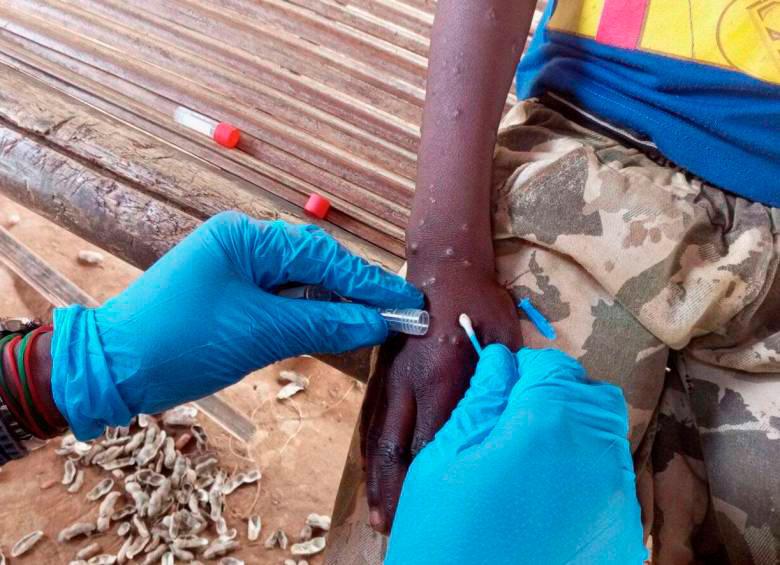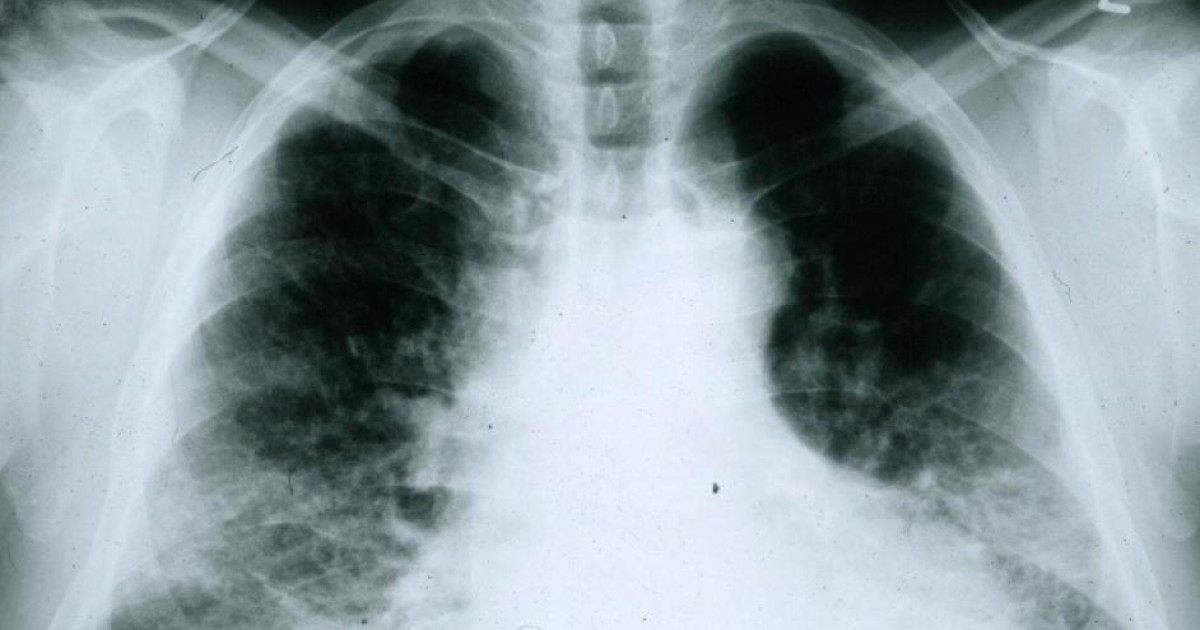On occasion world diabetes dayThe Renowned Official College of Podiatrists of the Valencian Community (ICOPCV) has highlighted that every 20 seconds somewhere in the world a patient suffers a leg amputation due to diabetes.
These data are taken from a report by the General Council of the College of Podiatrists presented to Minister of Health. It also shows that various studies calculate that, in Spanish, there are about 14 million diabetic patients, of which about 20 percent will be at risk of amputation in the lower extremities.
This amputation rate is above other countries such as England, France or Italy. In addition, to the data it should be added that Death rate after amputation reaches 70 percent and said mortality was above the most common cancer.
The most common conditions of the feet, as a result of diabetes, are: ulcers (because of their healing problems, if they get complicated, they can lead to amputation), peripheral vascular disease (due to related circulatory problems) and neuropathy (lack of sensitivity in the feet due to peripheral nerve involvement).
“The best way to avoid reaching an extreme situation is prevention, both at home by patients who must follow a series of recommendations, or treatment by a podiatrist. The patient must be aware of and be an active participant in his or her illness and must know how to prevent the most common complications like an ulcer”, explains Jorge Escoto, podiatrist and member of the ICOPCV Board of Directors.
In this sense, he has shown that it shouldBe careful about checking your feet and looking at them every day. “We even recommend using a mirror to examine the most difficult areas. You must ensure that the skin remains intact, stays clean, dry and hydrated, and avoids going barefoot even in summer”, continues Jorge Escoto.
Along with this, ICOPCV recommends: the use of socks with materials derived from nature, which has no sutures that compress and complicate venous return. Diabetic patients should always wear good footwear made of natural materials to wick away sweat, rounded toes and laces, non-slip soles and no heels. Also, when you buy new shoes, you should put your hands inside and check that there are no seams or elements that could cause injury.
“Another important idea is— diabetic patients cannot use cutting elements on their feet and you should go regularly to a podiatrist to get the right nail clippings,” says Jorge Escoto. “During this visit, the podiatrist will assess sensitivity with various instruments, and will check for a pulse. A careful biomechanical examination will also be performed to detect points of hyperstress which can be corrected with a plantar support. With this examination and with the right anamnesis, we can anticipate one of the main complications of diabetes, such as ulcers,” he assured.
“We have to remember that 25% of people with diabetes develop an ulcer in their lifetime. That is why from ICOPCV we continue to claim and fight for Podiatry to be included once and for all in the Public Health System. This will reduce the social and psychological costs of amputation. In addition, several studies have shown that 40% of this would be avoidable with a good prevention plan and this happened precisely because of the inclusion of Podiatry in public health”, concluded podiatrist Jorge Escoto.

“Internet trailblazer. Troublemaker. Passionate alcohol lover. Beer advocate. Zombie ninja.”







